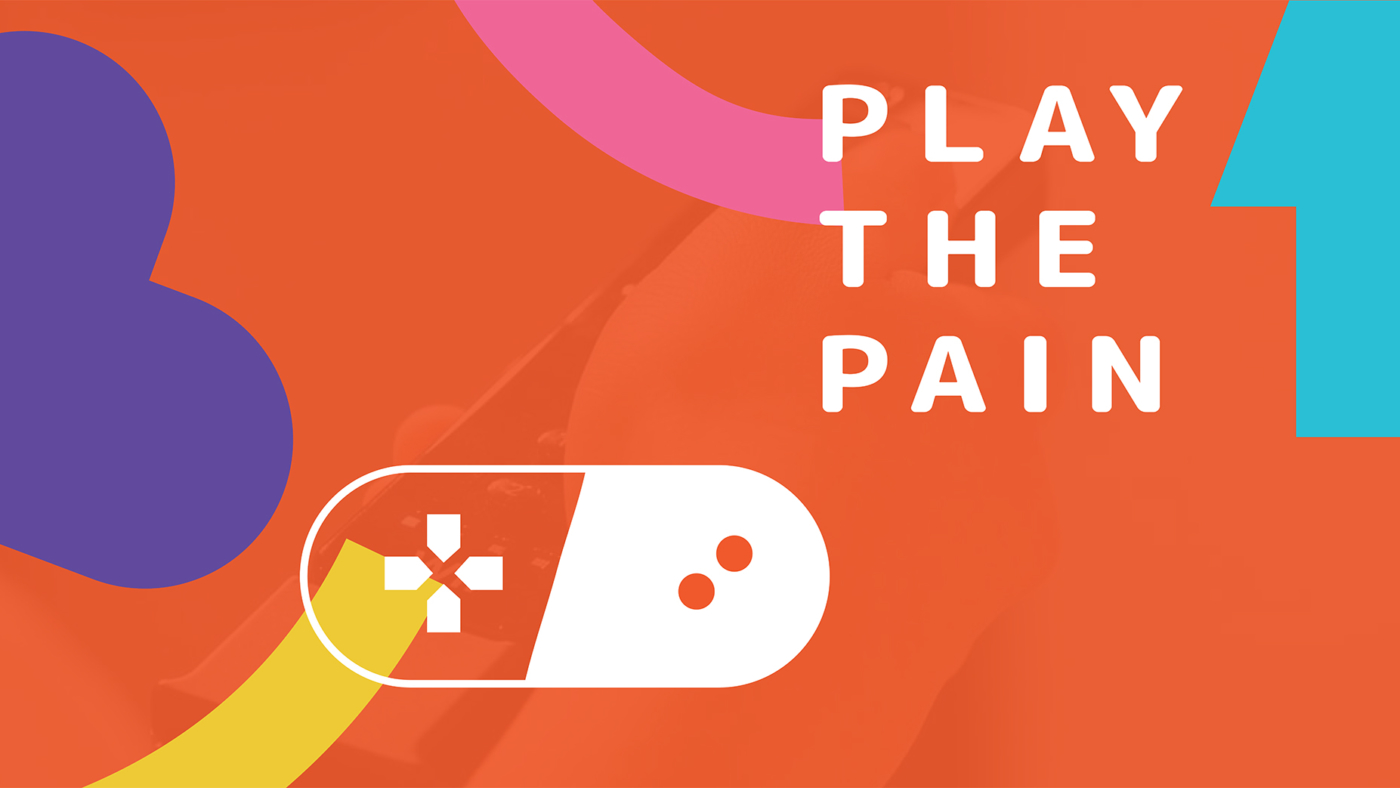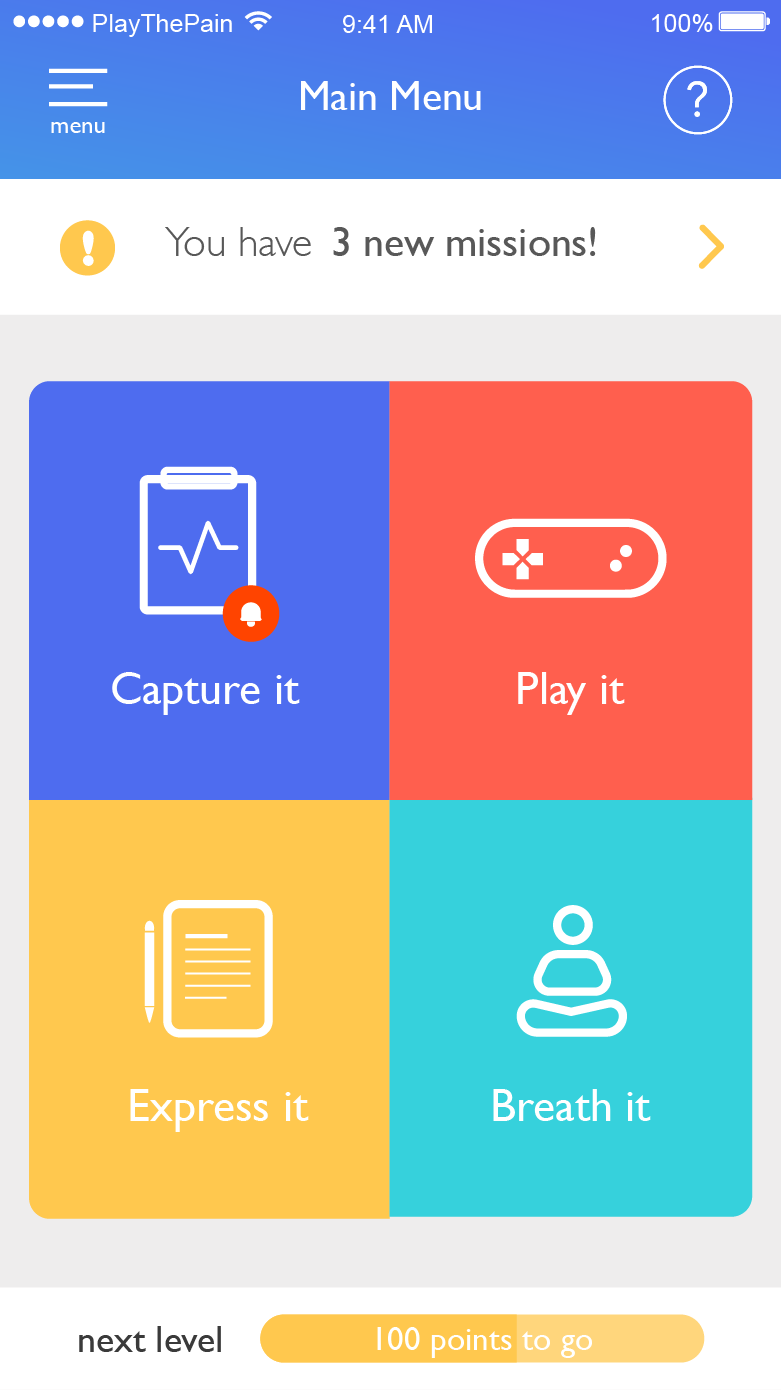Play the Pain brings a multi-disciplinary team of scholars together to explore the use of ICT technologies in addressing a growing need for investigating the link between medical and cultural factors in healthcare.
Play the Pain is inspired by the research interests and expertise of our team and also by a personal experience—the witnessing of the powerful effect that the combination of creative self-expression and medically informed pain management through digital apps, social media and smart-phones had on a young neurologist (Dr Mahani’s sister) suffering incurable cancer—effective to the point that it extended her predicted life expectancy of eight months to six years of relatively high-quality life.
Three aspects of that experience inspire this work:
- The exchange of knowledge, ideas, and emotions with an anonymous online community of individuals with similar or other chronic health conditions restored a sense of purpose to this ailing physician;
- Her sister’s need to distract from pain by playing online games or by writing anonymous blog posts about her life, and her artistic work, instead of enrolling in excellent pain and stress-relief programs that were offered to her at a top Cancer Research Centre.
- The fact that the traces of her digital activity remain to inspire hundreds of her blog and Instagram subscribers, who wish to preserve its content after the author (still anonymous to them) has passed away.
How could we evaluate the impact of creative and expressive experiences on the clinical efficacy of pharmacological interventions?
This question is pertinent to both pain research and pain treatment.
According to Statistics Canada, 19% of Canadians suffer chronic pain, costing near 60 billion dollars in healthcare and loss of productivity. Seemingly benign, pain is a costly condition: loss of workforce, risks of mental and other physical health problems arising from social isolation, and as it is increasingly reported, narcotic addiction, fatal over-dosing and suicide which have become cultural and medical epidemics. Pain is a complex phenomenon whose severity varies with individual differences in tolerance and coping which relate to both biological and psychological factors.
A CIHR-funded Canadian Pain Research Summit in 2016, concluded that pain must be studied in a holistic and multidisciplinary framework that enables longitudinal and multifaceted investigation of psychosocial factors, and non-pharmacological interventions.
Currently, tools and techniques to tie the qualitative data to parametrized behavioral or cultural ‘signatures’ are lacking and performing large- scale mixed method studies to investigate the link between medical and cultural factors in health is not quite possible.
Fortunately, the rise of data science, machine learning, and crowd-sourced research cultures promise a breakthrough.
Mobile Information & Communication Technologies (ICTs) are now augmented with wearable body-tracking devices (physical and physiological self-monitoring) and loaded with learning and therapeutic tools (e.g. serious games or coaching apps), offering unprecedented opportunities for healthcare and biomedical innovations.
This funding allows us to lay the ground for a public-owned Digital Citizen’s Science Laboratory to put individual patients at the heart of qualitative and quantitative research and creation process and increase collaborative opportunities among interdisciplinary researchers, patients and artists, to advance pain research, and explore the efficacy of Digital Creative Therapy.





[…] Concordia qui convie à un espace d’explorations pratiques et créatives autour du projet de recherche de Naj Mahani, qui réunit des chercheurs interdisciplinaires, des artistes, des thérapeutes et les savoirs […]